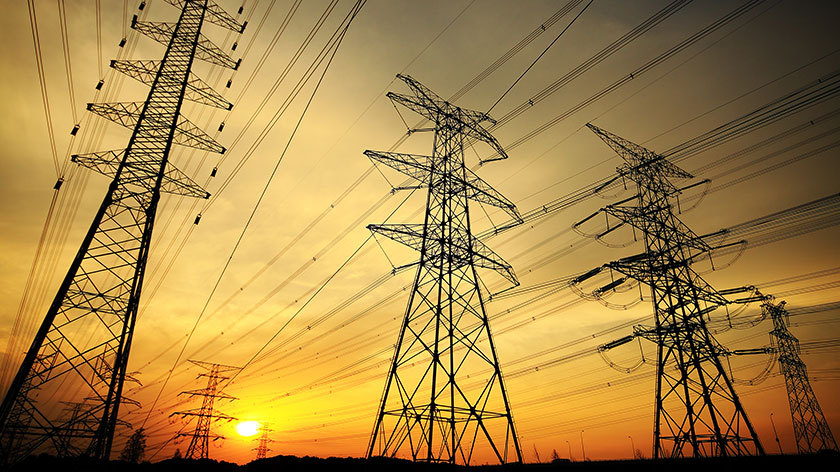Demand for electricity has gone up in the past two months owing to increase in diesel prices, with October recording a spike of 12.5 per cent compared to the same period last year. The increase was aided by captive power producers and diesel-run industrial units shifting their demand on grid-connected power. August recorded an increase in electricity demand of 7.6 per cent from 6.6 per cent rise in July – as per IIP data. Industry sources said that most of the users junked the fuel as prices continued to soar in the past few months. In September, diesel price went as high as Rs 80 per unit in some parts of the country. There are close to 890 Mw of power units running on diesel. Coupled with industrial units, they spiked the electricity demand. Sector executives pointed out that increase in electricity demand shot up power prices in the spot power market. Last week, spot power price touched a record high of Rs 18 per unit. While the spot power market accounts for barely 3 per cent of the total market, it is indicative of demand supply trends. At the same time, *coal supply niggles hit the power generation* at major units. According to latest government data, the normative coal stock at power units is down to 10-12 days. There are currently 10 units, which have zero coal stock, 46 units with just one day stock and 31 units with coal stock ranging from seven to 15 days. According to the data available with the Central Electricity Authority, the average coal stock at power units stands at 13 days (as on October 9). CARE Ratings in its latest report said that they anticipate the coal shortage to continue. Total domestic coal production may remain stagnant with 2.5-3.5 per cent of growth in FY19. Realisation is expected to increase especially on the back of shortage and implementation of the new coal pricing policy by CIL. Improved capacity utilisation in power, cement and steel would be major drivers of coal import, it said.
Demand for electricity in October spikes 12% on diesel price hike

